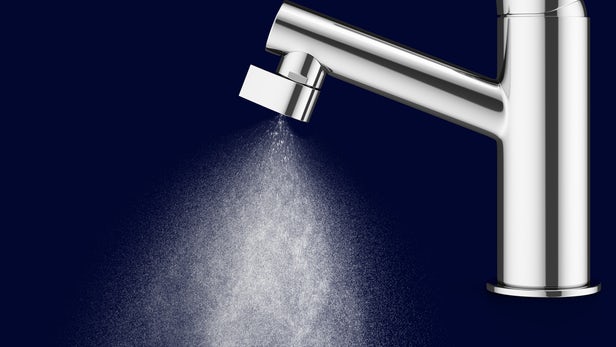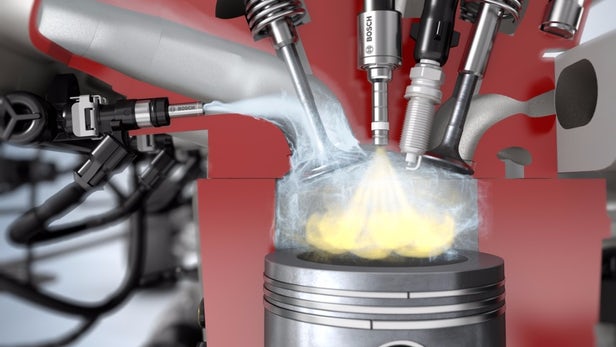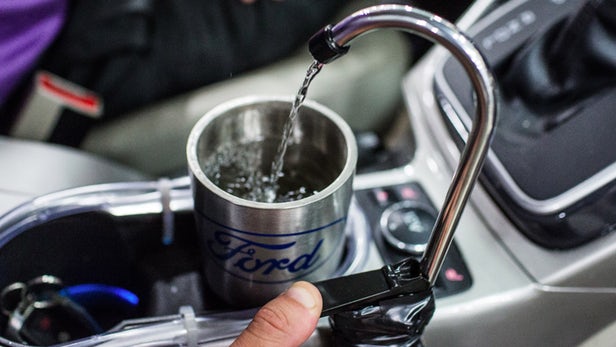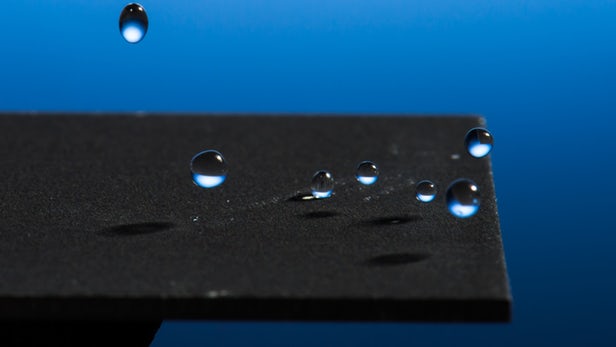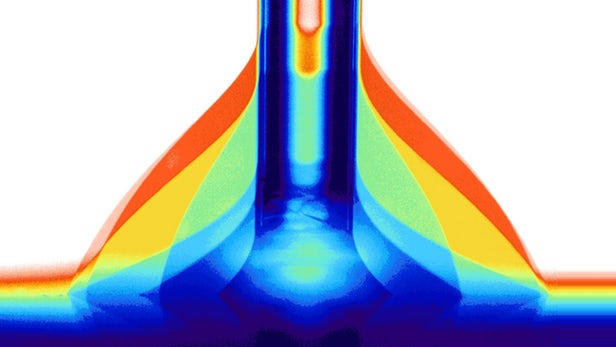When you wash your hands or rinse off soapy dishes under a running tap, most of the water just flows out of the faucet and down the drain without being used – or at least, that’s what the folks at Swedish firm Altered tell us. That’s why they created the Altered:Nozzle, which atomizes tap water into a fine mist. According to the company, the result is a 98 percent reduction in water use, with no loss in functionality.
Described as “the world’s most extreme water-saving nozzle,” the brass-bodied device is simply attached to the end of an existing faucet in about 30 seconds.
When set to its Mist mode, it uses 0.18 liters (.05 US gallons) of water per minute. Although only about 2 percent the flow rate of an unadorned tap, the increased surface area created by the high-speed mist reportedly allows it to perform tasks such as washing and rinsing just as effectively. Read more







